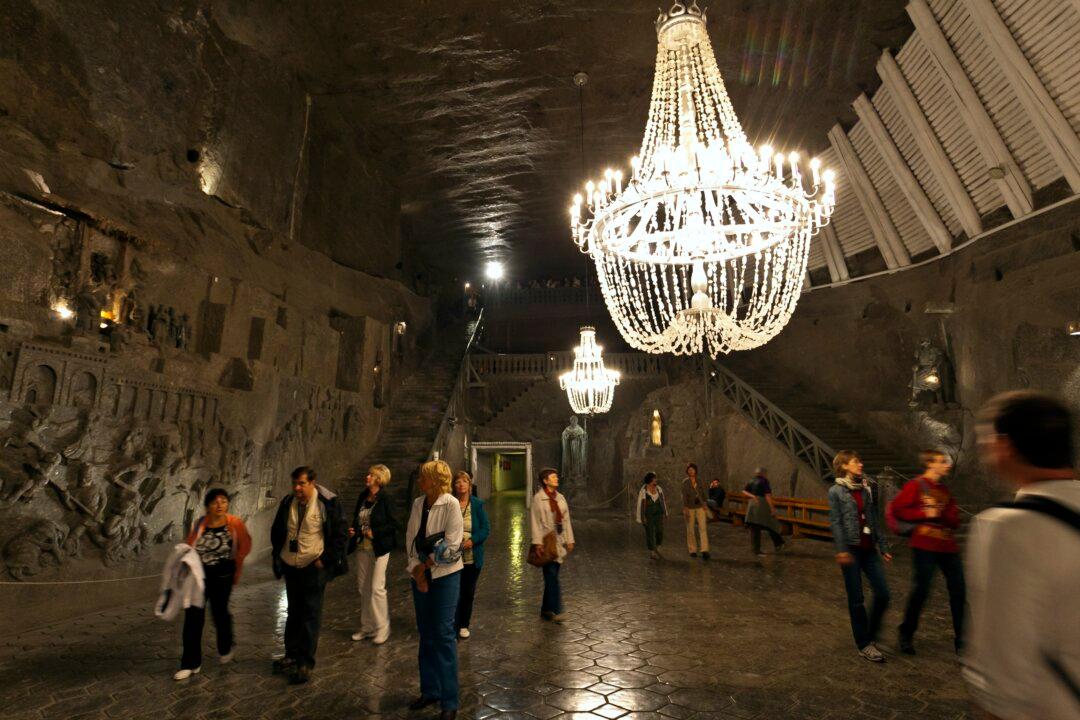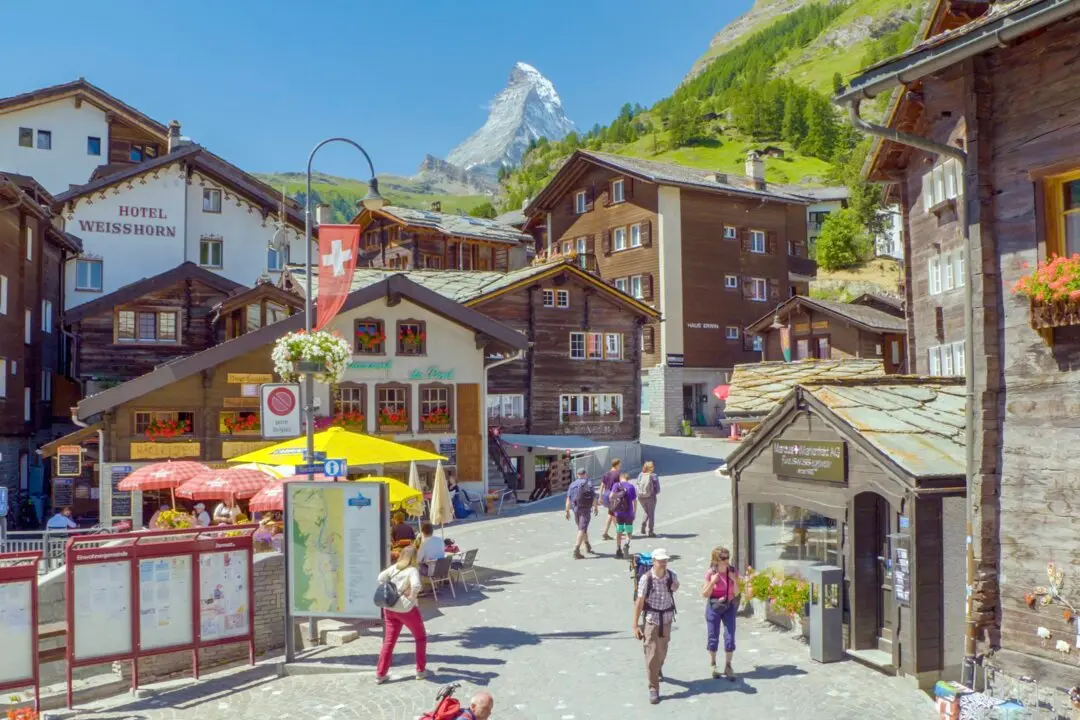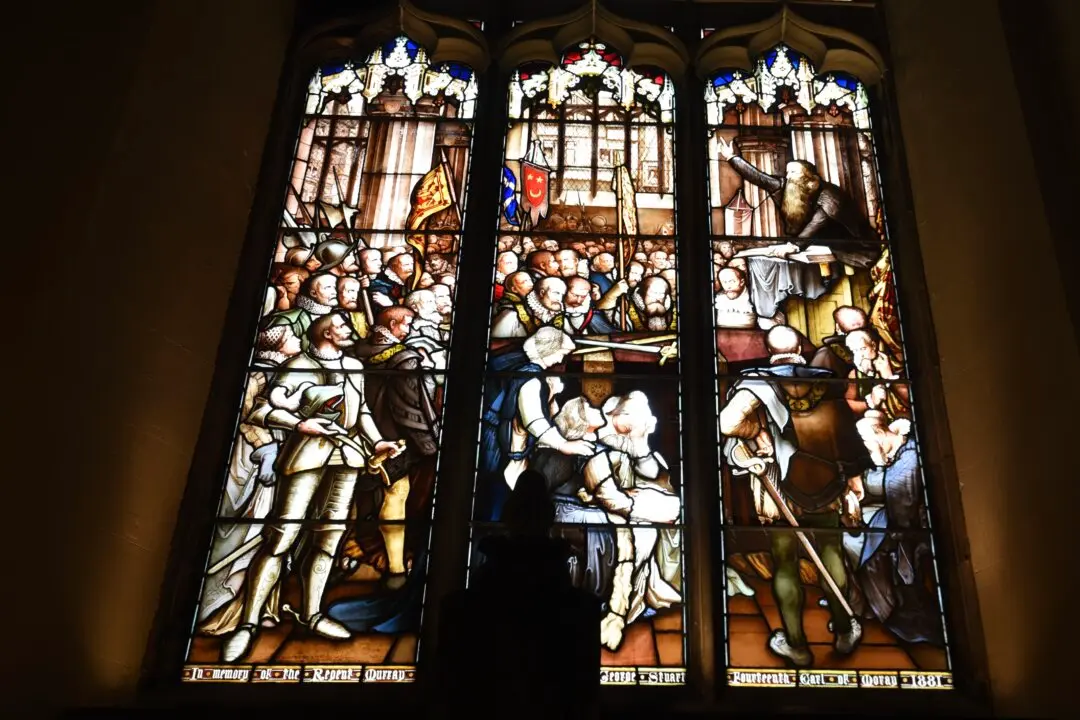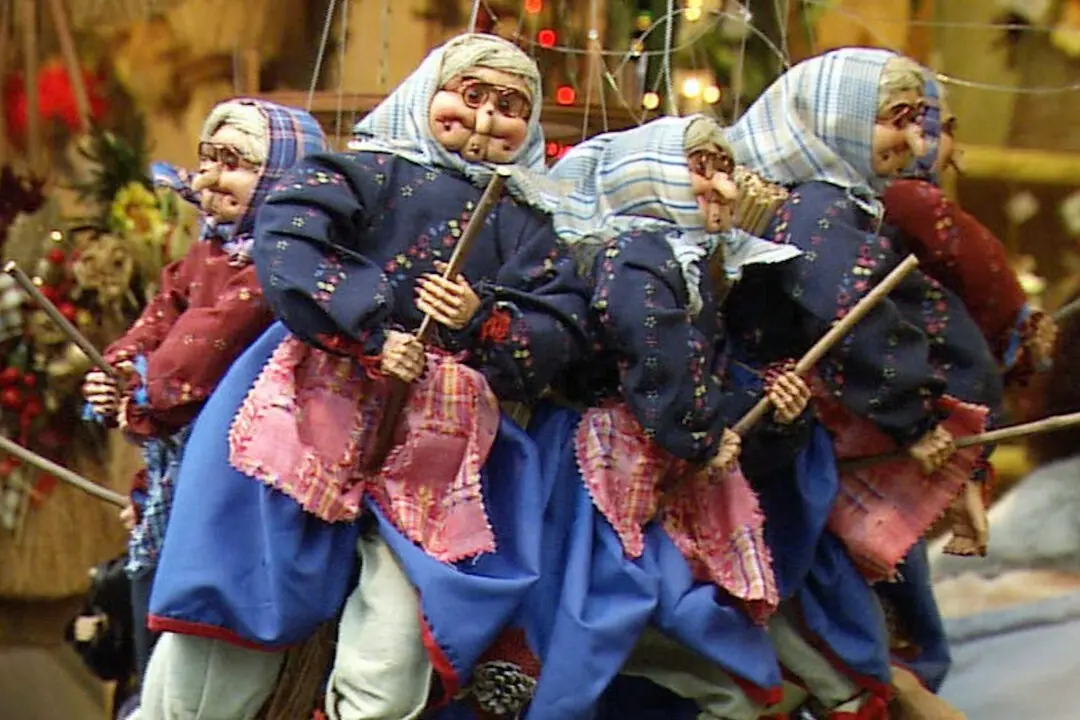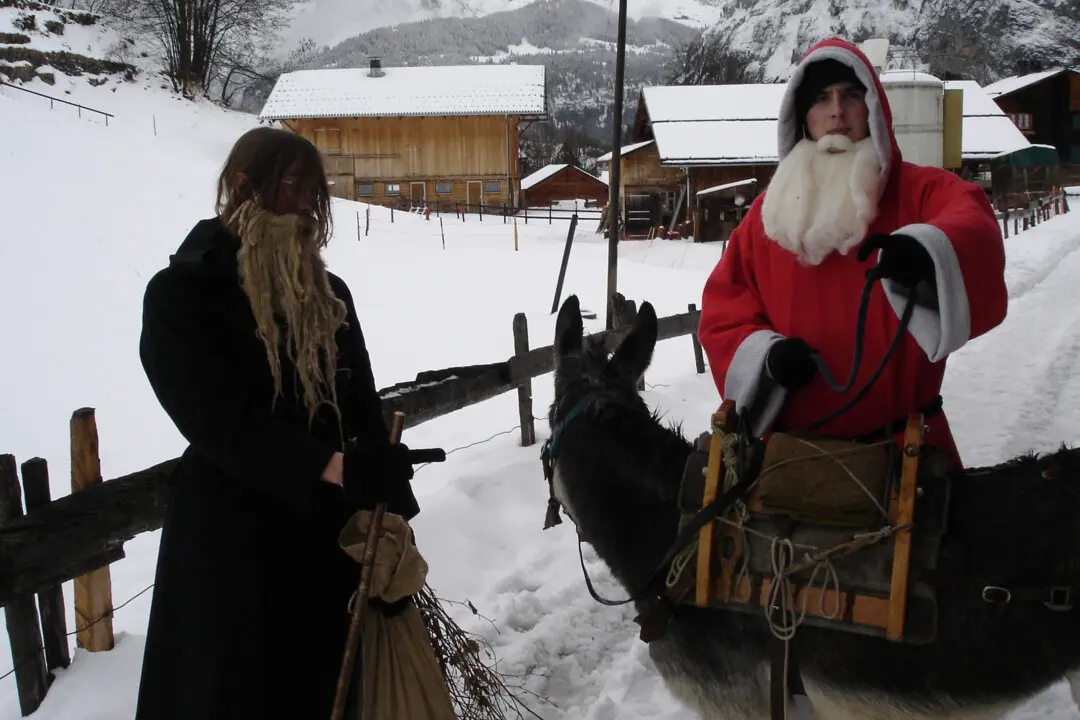Kraków is the Boston of Poland—a charming and vital city buzzing with history, college students, and tourists. Though not the capital, Kraków is the cultural and intellectual center of the country—and easily Poland’s best destination.
At the center of the Old Town is the Main Market Square, one of Europe’s most gasp-worthy public spaces, and a great place to enjoy a drink. Knowing this is one of Europe’s least expensive countries, I choose the fanciest café on the square and order without considering price. Sinking deep into my chair, I ponder the scene. The square is vast and grand, but still retains a folksy intimacy. It bustles with fragrant flower stalls, horse carriages carting tourists, and loitering teenagers. A folk band—swaggering in their colorful peasant costumes—gives me a private little concert. Feeling flush, I tip them royally. Perhaps too royally (a big tip gets you “The Star-Spangled Banner”).
Back in the 13th century, vendors came to this square to sell their wares. The Cloth Hall is where cloth-sellers had their market stalls. Today it’s a one-stop shopping arcade for souvenirs, including traditional embroidery, wood carvings, and jewelry (especially amber). On the upper level of the Cloth Hall, the Gallery of 19th-Century Polish Art displays great paintings by native artists.
Facing the square, the imposing St. Mary’s Church—with its distinctive twin towers—has long been an icon of the city. Each midday, crowds gather inside for a medieval moment as a nun swings open the church’s much-adored altarpiece. This exquisite Gothic polyptych – an altarpiece with pivoting panels – was carved in the late 1400s by Veit Stoss. One of the most impressive medieval woodcarvings in existence, it depicts the death of the Virgin with emotion rare in Gothic art.
The Main Market Square may be the heart of Kraków, but Wawel Hill is the soul. The most visited sight in Poland, this is considered sacred ground, a symbol of Polish royalty and independence. Though a castle has stood here since the 11th century, the highlight is Wawel Cathedral, which houses the tombs of the country’s greatest rulers and historic figures. It’s the Westminster Abbey of Poland.
These days, a large majority of Poland’s people are practicing Catholics. But back in the 1930s, there was a sizable Jewish community— a quarter of Kraków’s population was Jewish. The Kazimierz neighborhood, named for the 14th-century king who welcomed the Jews when other nations were deporting them, was once a thriving Jewish district. While few Jews still live here, the spirit of their tradition survives. Perhaps the best way to enjoy that is at a klezmer dinner concert, with traditional cuisine accompanied by Jewish music from 19th-century Poland.
Like so many other Jewish communities in Europe, Kazimierz was decimated during the Holocaust. The fragile remains of the community, historic exhibits, and synagogues provide a meditative look at how the town was walled in and its residents eventually shipped off by the Nazis to be exterminated. In the old Jewish cemeteries, fragments of headstones—broken under Nazi tank treads—now make up moving mosaic walls and Holocaust monuments. Across the river from Kazimierz, the former Jewish ghetto is where Oskar Schindler saved the lives of many of his Jewish workers. His factory is now a museum that tells the heroic owner’s story.
For a look at untouristy Kraków, a walk or bike ride around Planty park is a treat. Centuries ago, Krakovians built a wall to protect their city. By the 19th century, it was no longer necessary, so locals tore down most of it, filled in the moat, and planted trees. Today, this delightful and people-friendly green belt stretches two and a half miles around the perimeter of Kraków’s Old Town and is delightful for a jog, a stroll, or a little people-watching.
For a grittier experience, travel 20 minutes outside the city to the remarkable Wieliczka Salt Mine, a vast, thousand-foot-deep complex with nine levels and over 100 miles of tunnels. For centuries, generations of Wieliczka miners spent their daylight hours underground, rarely seeing the sun. Some of these proud miners carved sculptures out of the salt. You'll see legendary figures from the days of King Kazimierz, the famous astronomer Copernicus, and even the region’s favorite son, Pope John Paul II. The mine’s enormous underground church, carved in the early 20th century, is still used for Mass. Everything, from the altar to the grand chandelier, is hewn from this underworld of salt.
Whether burrowing through Kraków’s countryside or skimming the city’s sights, this is a place that fascinates and inspires me. Of all of the Eastern European cities boasting to be “the next Prague,” Kraków is for real.

